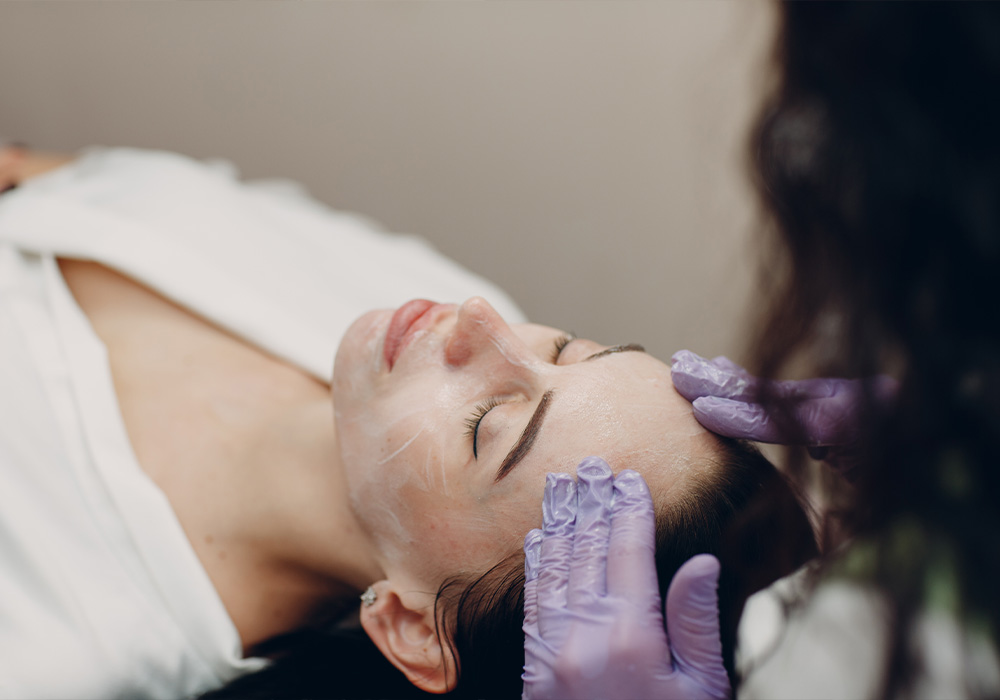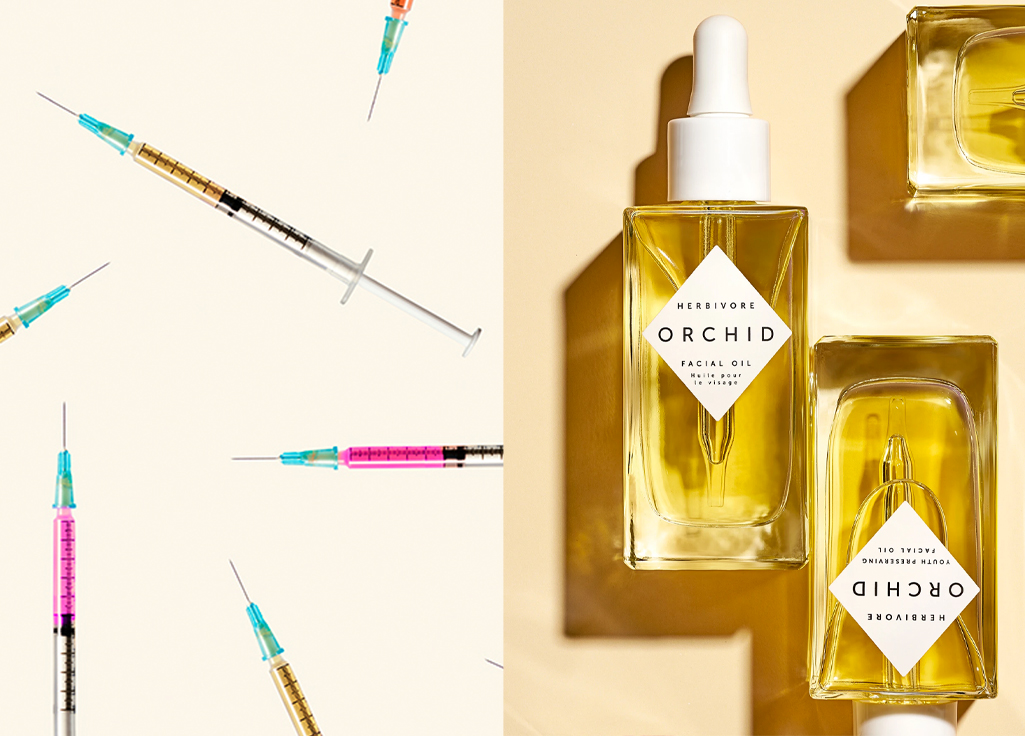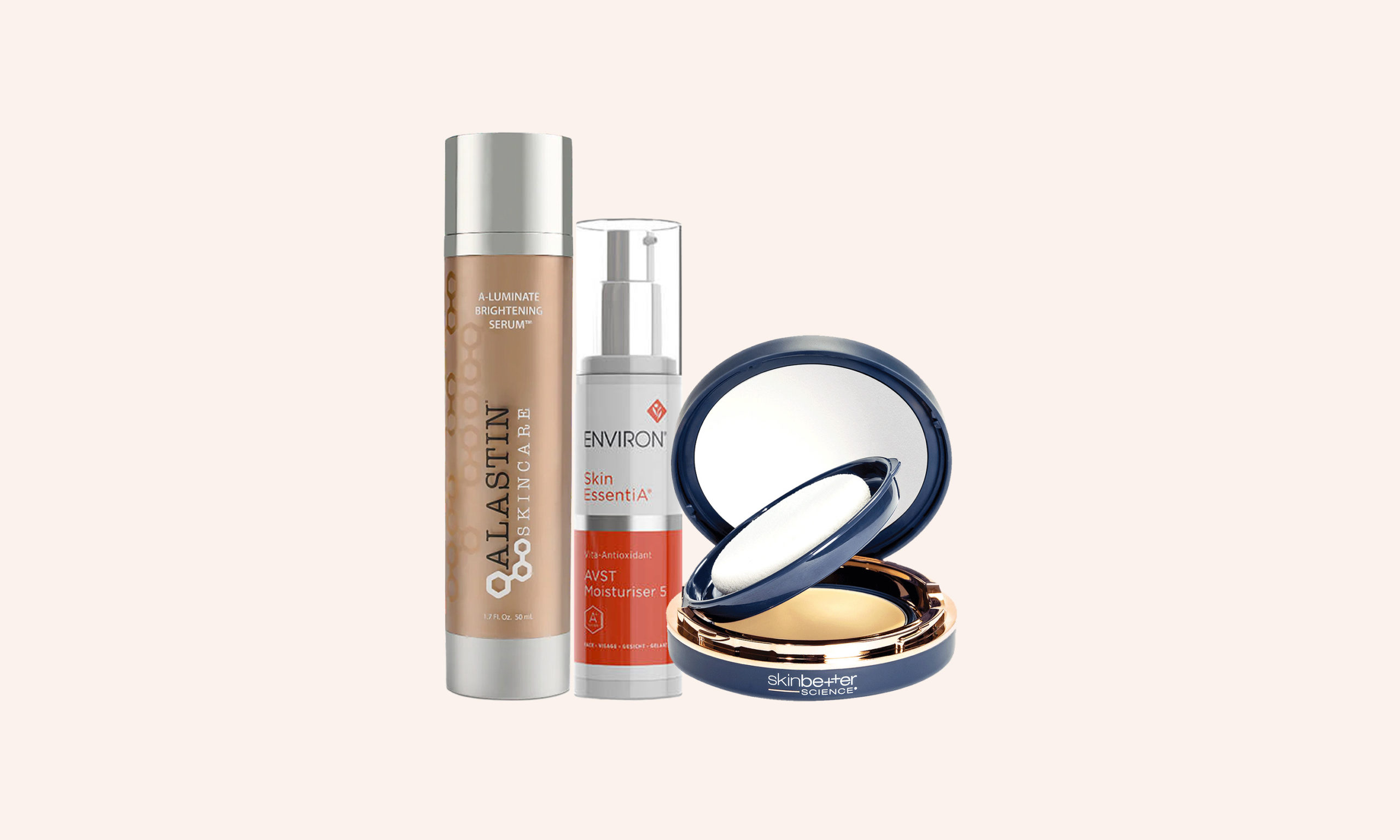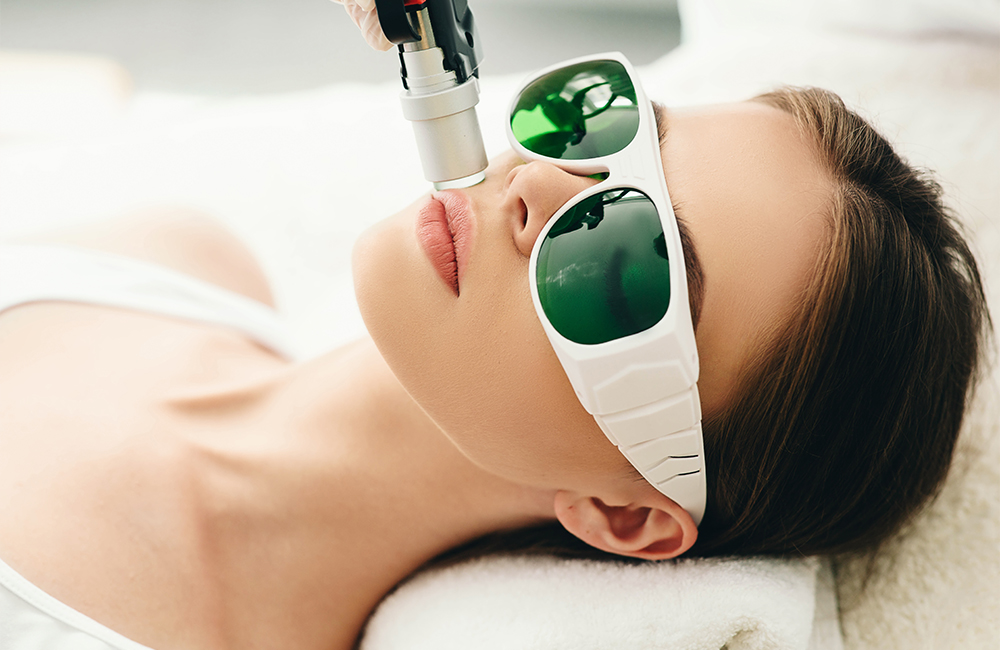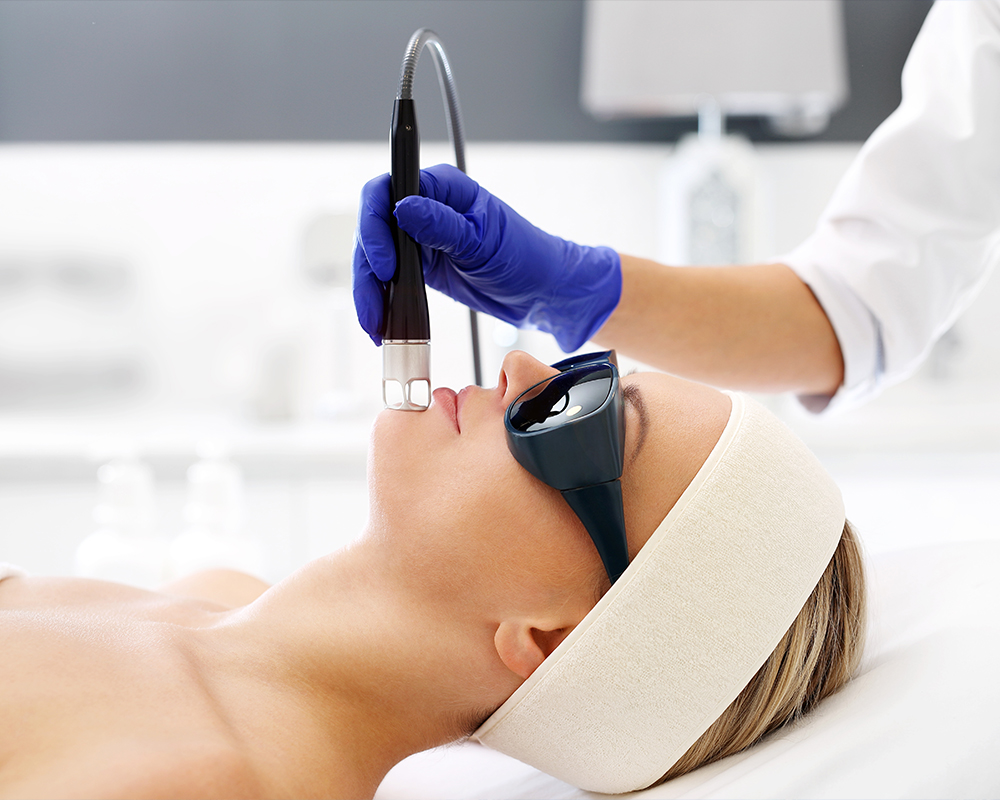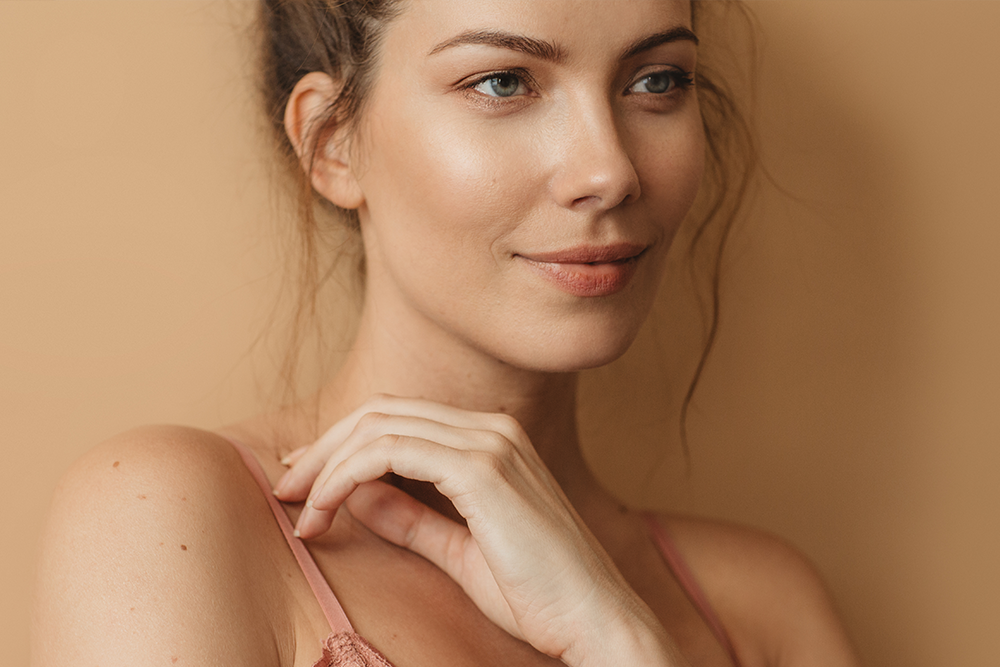From its skin-improving effects to its wrinkle-reducing properties, in-office microneedling continues to top our list of effective skin-care treatments. While there are cons to all treatments—doctors say that a considerable con for microneedling is the amount of treatments required for noticeable results—Birmingham, AL dermatologist Corey Hartman, MD explains that the biggest pro of microneedling is its results. “This particular service has been proven safe and effective for all skin types when administered correctly and with a device that has been cleared by the FDA,” he says.
Background Check
“Microneedling, also known as collagen induction therapy, is a minimally invasive procedure that stimulates collagen production,” says Dr. Hartman. “A mechanical pen filled with tiny needles is rolled over the skin while delivering microinjections and penetrating the skin many times over the course of a few seconds. The needles are used to create a controlled skin injury or multiple minor injuries, which will then allow the skin to heal and produce a newly rejuvenated complexion.”
According to Dr. Hartman, this system of administering small punctures to the skin stimulates collagen production, which is ideal for brightening and reducing the appearance of fine lines, wrinkles and dark spots over time. “As we age, the body produces less collagen and skin begins to lose its youthful firmness and elasticity,” says Dr. Hartman. “In addition to the fine lines and wrinkles that are characteristic of getting older, the skin can become slower to heal, making scars and hyperpigmentation more noticeable and prominent. Microneedling is designed to kick the body’s natural healing process into gear.”
In the Know
“Each microneedling treatment takes about one hour including numbing,” says Grand Rapids, MI plastic surgeon Bradley Bengtson, MD. “Ideally, patients arrive with no makeup on and we apply the numbing cream to their face for about 25 to 30 minutes. Then, we cleanse and dry the face and use a hyaluronic glide, Alastin Regenerating Skin Nectar ($195) or brightening creams in melasmic areas before beginning their treatment. Post-treatment, we send patients home with a soothing face mask that they can put in the refrigerator and utilize to cool down their skin.”
In terms of pain, Dr. Bengston says tolerance and discomfort is very patient dependent, but, thanks to numbing cream, the treatment is usually bearable. “Most patients are between a two and a four during the treatment,” he says, adding that the upper lip is usually the “spiciest” area of the face. “We adjust your treatment based on the thickness of your tissue in each area. It is always customized based on each patient sitting in our chair.”
“Expect to come back into the office once a month for about three months,” adds Highland Park, IL plastic surgeon Steven Bloch, MD. “Depending on how the skin responds, you can then space your visits further apart for proper maintenance.”
Universal Service
“Microneedling is safe and effective on the lightest and darkest of skin,” says Dr. Hartman. “One of the main misconceptions about microneedling is that the punctures caused by the device can cause darkening of the skin, which is a valid concern. However, in order to cause scar tissue, the dermis—the deeper layer of skin—must sustain a cut. Because there is no cutting and the penetration of the needles is not as deep as the inner dermis, there is no associated scarring or discoloration.”
It’s also effective on all skin types from aging to acne-prone skin. According to Dr. Hartman, microneedling is most commonly used to improve the appearance of fine lines and wrinkles, reduce pore size, minimize acne scars, tighten sagging skin and provide a more even skin tone.
Before You Go
Before you leave the office, there are a few important post-procedure tips to keep in your back pocket. As the treatment clears out dead skin and unleashes a fresh complexion, Dr. Bengtson recommends tinted sunscreen. “After being red and pink for a day or two, patients should routinely apply sunscreen like Skin Better Tone Smart SPF 68 ($55) or Alastin HydraTint Pro Mineral Sunscreen SPF 36 ($55) to cover any residual redness.” Dr. Hartman adds that a broad-spectrum physical sunscreen that contains zinc dioxide or titanium dioxide is great for protecting the skin from UV light while it’s at its most vulnerable.

